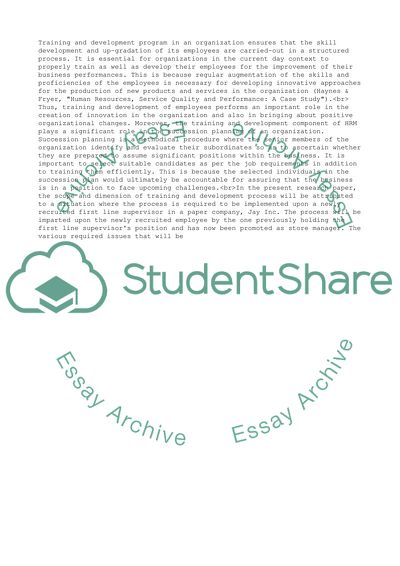Cite this document
(Training and Development of Employees Coursework Example | Topics and Well Written Essays - 2250 words, n.d.)
Training and Development of Employees Coursework Example | Topics and Well Written Essays - 2250 words. https://studentshare.org/management/1758697-training-someone-to-take-my-job
Training and Development of Employees Coursework Example | Topics and Well Written Essays - 2250 words. https://studentshare.org/management/1758697-training-someone-to-take-my-job
(Training and Development of Employees Coursework Example | Topics and Well Written Essays - 2250 Words)
Training and Development of Employees Coursework Example | Topics and Well Written Essays - 2250 Words. https://studentshare.org/management/1758697-training-someone-to-take-my-job.
Training and Development of Employees Coursework Example | Topics and Well Written Essays - 2250 Words. https://studentshare.org/management/1758697-training-someone-to-take-my-job.
“Training and Development of Employees Coursework Example | Topics and Well Written Essays - 2250 Words”. https://studentshare.org/management/1758697-training-someone-to-take-my-job.


